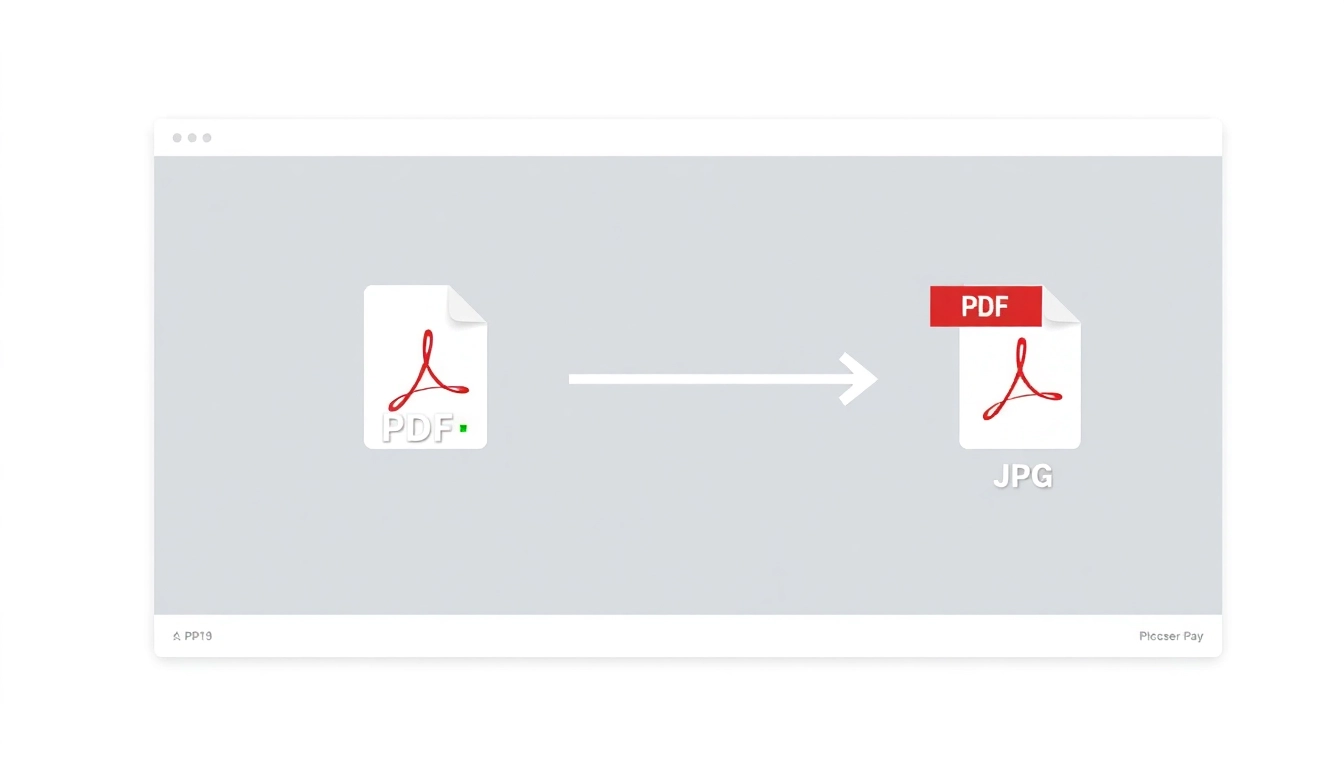Understanding the Fundamentals of Website Design
Website design is a multifaceted discipline that combines various skills and elements in the creation of websites. Within this domain, a designer must take into account usability, aesthetics, and technology to build effective online platforms that deliver content seamlessly. To excel in website design, it is crucial to understand its core principles, user-centric approaches, and what common pitfalls to avoid. This article provides a comprehensive guide, illuminating the essential aspects needed to create engaging and functional websites.
The Importance of User-Centric Design
User-centric design places the needs and experiences of the user at the forefront of the design process. By prioritizing user experience (UX), designers can create websites that are not only visually appealing but also highly functional. This approach contrasts sharply with designs that prioritize aesthetics over usability, often leading to frustrated users and high bounce rates.
Understanding your target audience—what they need, how they navigate, and what technology they use—is crucial for effective website design. User personas and journeys can guide designers in crafting experiences that resonate with their audience, ensuring that all design decisions are made with the user’s best interests in mind.
Core Principles of Effective Website Design
When it comes to effective website design, a few key principles should govern the process:
- Consistency: Maintaining a uniform layout and style across pages fosters a sense of reliability and professionalism.
- Accessibility: Ensuring that your website is usable for people with disabilities through alt text for images, proper color contrasts, and navigable layouts.
- Hierarchy: Creating a clear visual and contextual hierarchy helps users understand their pathways through the site and makes information easier to find.
- Feedback: Providing users with feedback for their actions, like form submissions or page loading, increases a sense of control and satisfaction.
Common Mistakes to Avoid in Website Design
Even with careful planning, many common mistakes can undermine the effectiveness of a website:
- Overcomplicated navigation: Users should be able to reach their desired information quickly. Clear and concise navigation structures are vital.
- Neglecting mobile optimization: With the increasing use of mobile devices, a responsive design is essential to cater to users on all platforms.
- Ignoring load times: Slow loading pages can lead to high abandonment rates. Optimizing images and scripts can help enhance performance.
- Poor typography: Readability is crucial. Overly decorative fonts or small text can deter users from engaging with your content.
Key Elements of Engaging Website Design
Visual Hierarchy and Layout Optimization
Visual hierarchy guides users’ attention and organizes information. It involves strategic placement, color contrast, size difference, and spacing to lead users to the most critical elements of your site. For instance, the most important information should be prominent, utilizing larger font sizes or distinct colors to draw the eye.
Layout optimization plays a critical role in visual hierarchy. Grids and modular designs help achieve balance and can make a site feel more organized. Responsive layouts should adapt to various screen sizes while maintaining intuitive navigation paths.
Typography Best Practices for Websites
Typography is a vital aspect of website design. The choice of fonts, sizes, spacing, and line height significantly affects readability and user engagement. Here are some best practices:
- Limit font choices: Stick to a maximum of two to three fonts for a cohesive look.
- Ensure readability: Use font sizes that are easy to read on various devices, typically 16px or larger for body text.
- Utilize white space: Adequate spacing around text can enhance visual clarity and comprehension.
Color Theory and Emotional Impact in Website Design
Color theory plays a significant role in evoking emotions and influencing user behavior. Different colors can elicit various reactions; for instance, red can create urgency, while blue often evokes trust and calmness. Understanding color palettes and their psychological impacts can enhance the effectiveness of a website’s design.
When selecting a color scheme for a website, it’s crucial to consider accessibility standards, ensuring that color contrasts between foreground and background elements remain sharp enough for all users. Tools such as color contrast checkers can assist in evaluating accessibility.
Leveraging Technology for Dynamic Website Design
Responsive Design Strategies for Mobile Compatibility
Responsive design is essential in today’s mobile-first world. This strategy ensures that a website looks and functions well across various devices. Techniques such as fluid grids, flexible images, and media queries are integral components of responsive design.
To implement responsive design effectively, designers should:
- Prioritize content by determining which elements are crucial on smaller screens.
- Utilize frameworks that support responsive features to streamline the development process.
- Continuously test designs on multiple devices to refine user experience.
The Role of AI Tools in Modern Website Design
Artificial intelligence is revolutionizing website design. From automating routine tasks to providing design suggestions based on user patterns, AI tools enhance both efficiency and creativity within the design process. For example, AI-driven design platforms can analyze user data to recommend optimal layouts, color schemes, and font choices based on targeted demographic insights.
As these technologies evolve, utilizing AI tools will become imperative for designers looking to stay competitive and meet user expectations effectively.
Using Animation and Multimedia in Website Design
Incorporating animation and multimedia can vastly improve user engagement and understanding. Subtle animations can guide users through transitions, draw attentions to calls to action, or provide feedback during interactions. However, designers should use animation sparingly to ensure it enhances, rather than detracts from, user experience.
When dealing with multimedia, it’s essential to keep page load times in mind. Opt for compressed media formats and consider providing user control over autoplay functionalities to enhance satisfaction.
Conducting User Research for Website Design
Gathering User Feedback and Testing Prototypes
User feedback is invaluable in the design process. Gathering insights through surveys, interviews, and usability testing can illuminate user preferences and pain points. Prototyping allows designers to visualize concepts and gather early feedback before full-scale production.
Employ methods like A/B testing to measure how different design elements perform among users, refining the user interface based on concrete data to meet user expectations effectively.
Analyzing User Behavior to Improve Website Design
Using analytics tools enables designers to track user behavior, focusing on how visitors navigate through the site. Understanding which pages attract users’ attention and where they drop off can inform necessary adjustments to improve overall website performance.
User behavior analysis can also reveal trends over time, helping to adapt designs in line with changing user preferences and technologies.
Iterative Design Processes and Continuous Improvement
The iterative design process emphasizes continuous improvement through testing, feedback, and refinement. By adopting an agile approach, designers can roll out changes incrementally, testing their impacts before entire redesigns. This approach facilitates more user-centric outcomes and ensures that design remains aligned with user needs.
Measuring the Success of Your Website Design
Key Performance Indicators for Website Design
To measure the success of a website, several key performance indicators (KPIs) should be monitored:
- Bounce rate: A high bounce rate indicates that users are not finding what they need.
- Average time on site: Monitoring how long users stay can indicate content value and engagement levels.
- Conversion rates: Tracking conversions helps assess whether users perform desired actions, such as signing up or making a purchase.
Tools and Techniques for Website Design Assessment
Various tools can aid in assessing website performance, from Google Analytics for user behavior tracking to heatmaps that visualize user interaction with pages. Regularly assessing website performance ensures that any issues can be identified and rectified promptly, leading to an overall enhanced user experience.
Adapting Your Strategy Based on Data-Driven Insights
Finally, successful website design is adaptive. Strategies should evolve based on data-driven insights rather than static assumptions. Keeping abreast of current trends in technology and user preferences is vital. By implementing changes based on analytics and user feedback, designers can create a more dynamic and user-friendly web environment.




